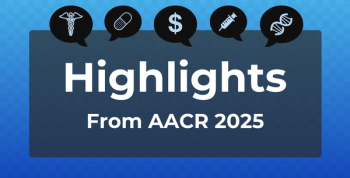
Report Lauds Orphan Drug Act but Notes Most Therapies Are Blocked From Competition
Although the FDA has approved 599 orphan drugs since 1983, patent laws and other exclusivities keep most from any competition.
The 1983 Orphan Drug Act (ODA) was instrumental in getting nearly 600 rare disease therapies developed and approved,
NORD commissioned the report and had Avalere determine the impact of laws and regulations on bringing additional
The report examined the rare disease space from 1983 to July 2020. Besides looking at the impact of the ODA, it also included the 1984 Hatch-Waxman Act, also known as the Drug Price Competition and Patent Term Restoration Act, which created the Abbreviated New Drug Application (ANDA) pathway for generic drug developers and a 5-year new chemical entity exclusivity period to reference drug sponsors, as well as restoring patent time lost during FDA review for both drugs and biologics.
It also included the Biologics Price Competition and Innovation Act (BPCIA), which is part of the landmark 2010 Affordable Care Act. The BPCIA created the US biosimilars pathway and allows for a 12-year exclusivity period for originator companies.
Before the ODA, only 38 orphan products existed, the report said. During the time period of the study, 599 were approved; 552 were on the market as of July 2020.
Three-quarters of the drugs treat 1 rare disease and have no other use.
The report said that 154 orphan products were first approved to treat a single disease and later earned 1 or more orphan indications.
However, 37 were initially cleared for non-rare uses and later earned orphan drug status. Ten percent of all orphan products have 3 or more orphan indications.
Most (394) of orphan products are not eligible for generic or biosimilar competition; the research found that 80% were protected from competition due to the patent life of the product, and 20% were protected because of orphan drug exclusivity. Patent protections stretch for more than 20 years for 22% of all orphan products.
The report was released a few weeks after
NORD said their findings "underscore the significance of the Orphan Drug Act in helping to bring novel rare disease treatments to market." Most rare diseases have no FDA-approved treatment.
“More than 9 out of 10 orphan products on the market today would never have been developed without the Orphan Drug Act,” said Peter L. Saltonstall, president and CEO of NORD,
Newsletter
Stay ahead of policy, cost, and value—subscribe to AJMC for expert insights at the intersection of clinical care and health economics.









































